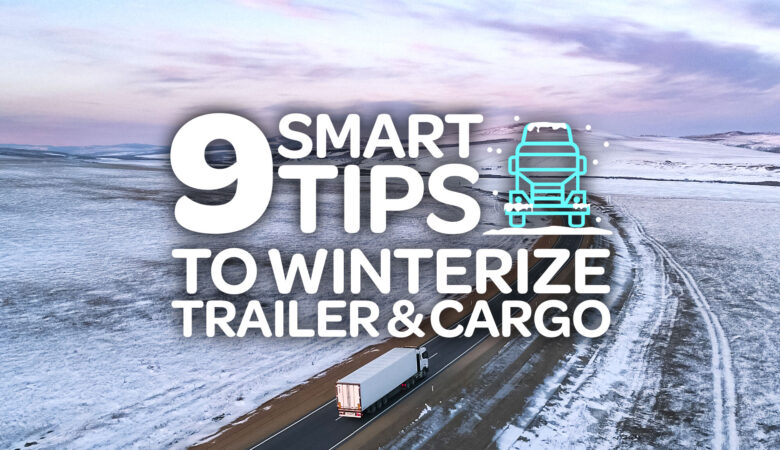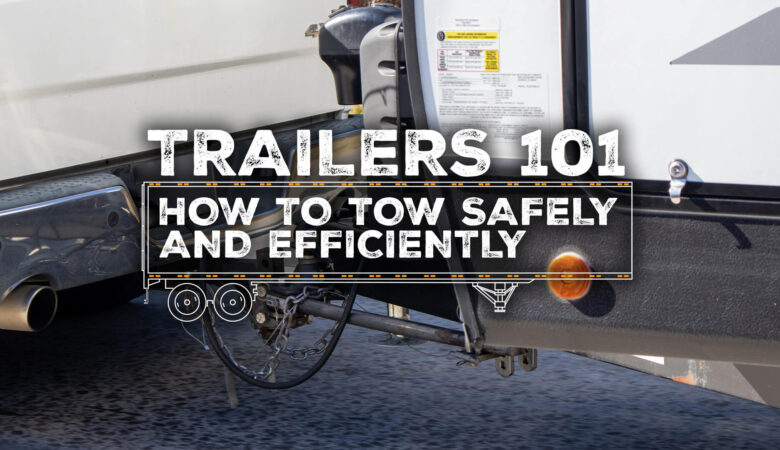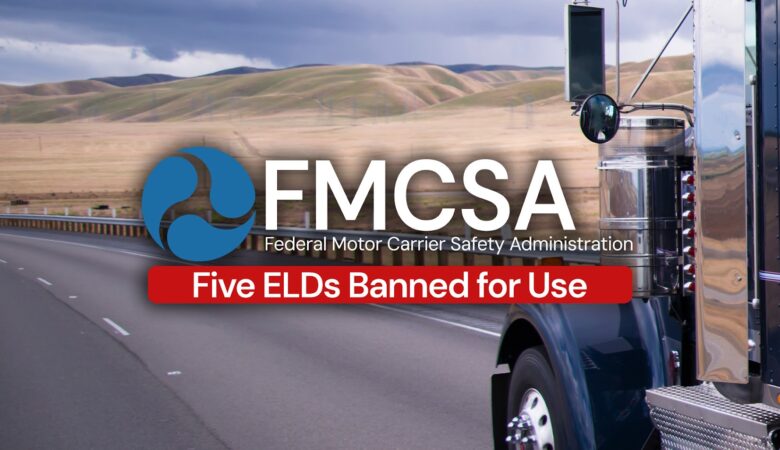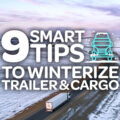In the world of agriculture trucking in the United States, honey bee transport is one of the most important jobs a driver can have. Beekeepers must move bees—specifically, pollinator honey bee colonies—to ensure that crops receive the pollination they need. Without this pollination, we may face food shortages or lower quality produce. Crops like almonds, apples, and blueberries depend heavily on migratory honey bees for proper development.
Honey bee transport is also important for keeping the species growing and thriving. Truckers move hives and colonies to different areas during different seasons, often following bloom cycles in different regions. They help transfer bees to the best places for their health, environment, and pollination demand.

As one might be able to guess, hauling insects in large quantities across long distances can come with many challenges—especially when using open trailers, where proper bee hauling tarps are essential for safe transport. This is especially true during honey bee transport, as bees are a complex species with unique living and transportation requirements—especially when handled on open flatbeds or trailers.
Truckers often face challenges when hauling bees. These include problems with keeping the right temperature, load shifting, and stress on the bee colonies. In this blog, Mytee Products shares the best guide for safe and effective honey bee hauling. We include our top tips and product recommendations to help you do the job right every time.
How to Transport Bees Safely and Effectively
Preparation is one of the most important factors of transporting honey bees. Without proper preparation, the health and safety of the colony can be at risk. Here are some tips for getting ready to hit the road with your traveling bees:
- Plan Your Route: Before you begin your honey bee transport, it is important to carefully plan out your route. Know where and when you will stop, the temperatures you will drive through, and the conditions of the roads you’re traveling on. Pay attention to seasonal temperature shifts, especially during early spring or late summer moves.
- Secure the Hives Well: To stop your bees from moving during travel, tightly secure the hives with strong cargo straps. This will often include specialized bee nets or tarps, ratchet straps, and bungees—all which are available at Mytee Products. Proper tie-down is essential for preventing hive shift and colony disruption.
- Maintain a Ventilated Environment: Overheating is a significant danger to bees while they’re traveling on a flatbed. Bees can easily get too hot. To keep them safe and healthy, use mesh bee nets or breathable tarps that allow good airflow while still providing containment and weather protection.
- Make sure to give food to the bees: When you cover the bees with tarps while traveling, they need to access food. Bees feed on nectar and pollen, so experts recommend providing them with sweetened water or pollen patties. This is especially important on long-distance hauls or during early spring when natural forage is limited.
Using these tips before you start your haul with bees can lower your stress and the bees’ stress. This helps ensure a smooth ride and successful transport.
Regulations for Bee Transport
Not many DOT rules exist about transporting bees. However, there is some important information to know before you start.
- Break Exemption: Most truck drivers must take a 30-minute rest break when making long hauls. Bee haulers, however, are exempt from this rule because they have live insects loaded onto their vehicles, which require continuous airflow and temperature control.
- ELD Not Required: You do not need electronic logging devices when transporting bees. They can disrupt the driver’s haul and put the bees at risk—especially if long breaks are enforced during extreme temperatures.
- Clear Labeling Needed: When transporting bees, you must clearly mark your load as “Live Honey Bees.” This alerts other drivers and emergency responders. You should also include the name of the exporting region and your contact information.
You may need a CDL to transport bees. This depends on how far you are traveling and the regions you pass through. Check your individual state’s regulations to stay compliant with DOT rules and livestock transport exceptions, which can sometimes apply to live bee loads.
Also Read: Why Bees Are One of the Most Challenging Flatbed Loads
Choose Mytee’s Bee Hauling Tarps for Your Transport
For safe and secure honey bee hauling, Mytee Products has the tips and tarps you need. This will help make your transport simple and efficient.
Our strong bee hauling tarps provide long-lasting use. They provide good ventilation to keep the bees healthy and happy while traveling. Check out the key features of Mytee’s bee hauling tarps:
- Heavy-Duty PVC Coated Mesh for extra strength and protection
- Re-enforced Hems with 2” webbing and double stitching for durability
- Grommets and D-Rings around the tarp for easy and convenient tie-downs
These tarps are specifically designed with commercial beekeeping and migratory pollination in mind.
Haul Safe with Mytee’s Bee Transport Tips
While hauling honey bees can sometimes be a difficult process, the key to success is to stay safe and prepared. To make your honey bee transport easy, follow these steps: plan carefully, use strong materials to secure your load, and follow DOT rules.
For great bee transport solutions, check out the full range of bee hauling tarps at Mytee Products. You can also call us at 1-888-705-8277. And for more Mytee trucking and hauling advice, be sure to check out other stories on Mytee’s Blog Section.












